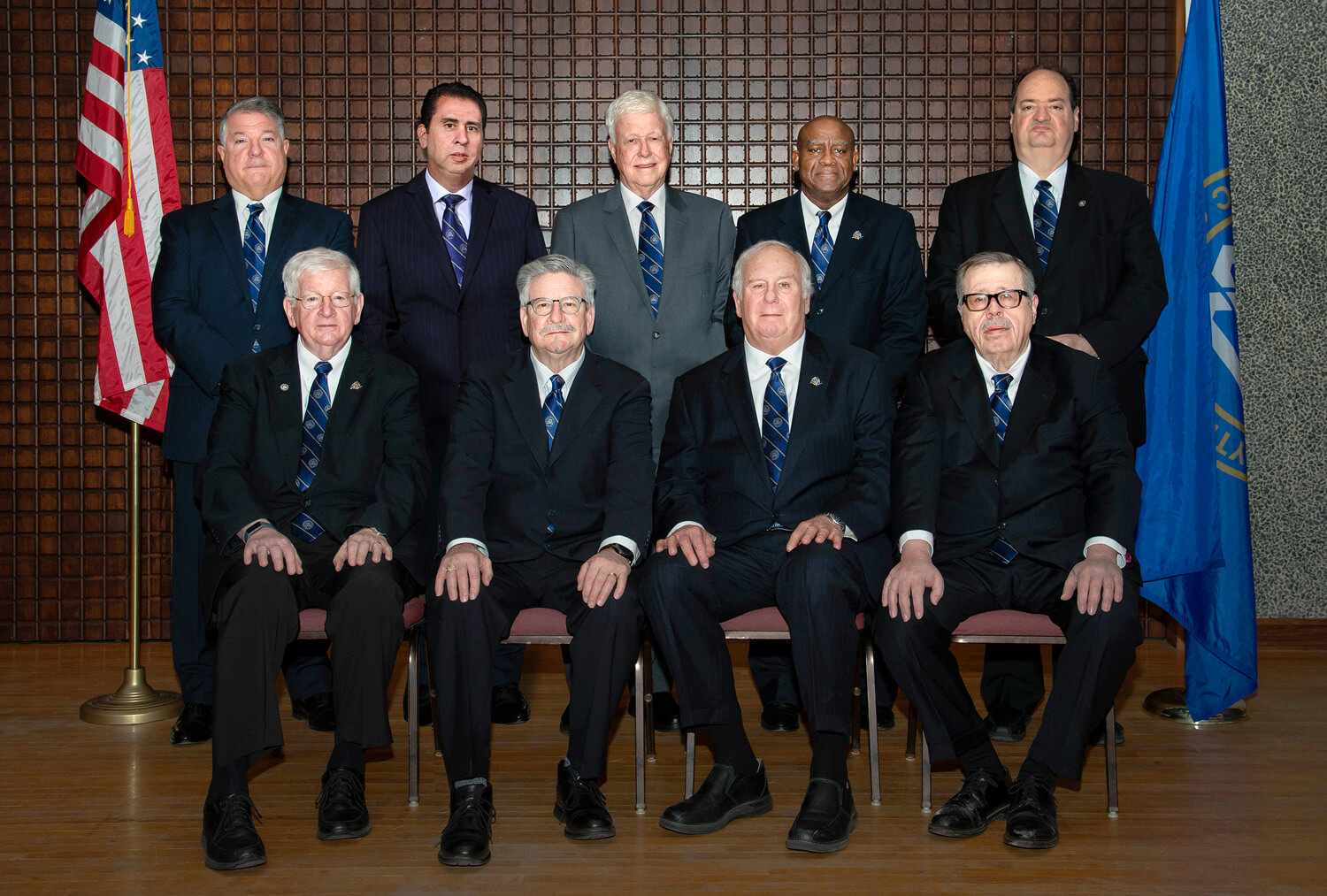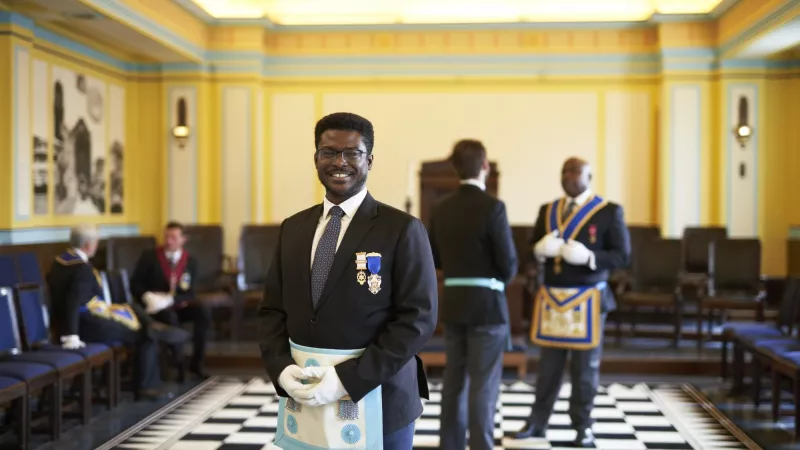Discover Exclusive Opportunities by Deciding to Join FreemasonThis Year
Discover Exclusive Opportunities by Deciding to Join FreemasonThis Year
Blog Article
Exploring the Mysteries of the Freemason: What You Need to Know
The Freemason, a term often shrouded in intrigue and debate, represents a complicated tapestry of historical truth and contemporary misconception. Developed in the late 18th century, this secret culture was originally rooted in the Enlightenment's perfects however has considering that become identified with conspiracy theory concepts concerning elite control. As we navigate the origins, essential numbers, and the stark contrast between misconception and truth, one need to take into consideration just how these narratives influence contemporary understandings of power and secrecy. What could be exposed through a closer evaluation of these components could test long-held presumptions about the shadows that stick around in our society.
Beginnings of the Freemason
The beginnings of the Freemason are steeped in a mix of historical intrigue and ideological eagerness. Developed in 1776 in Ingolstadt, Bavaria, by Adam Weishaupt, the group was at first developed as a secret culture focused on promoting Enlightenment suitables such as factor, secularism, and the splitting up of church and state. Weishaupt, a teacher of canon legislation, sought to challenge the prevailing authority of the church and state, which he considered as oppressive establishments stifling intellectual and personal liberty.
The Freemason sought to recruit influential participants from different societal industries, consisting of politics, academic community, and the arts, to cultivate a network devoted to these Enlightenment principles. The society operated under a shroud of secrecy, employing coded language and routines to shield its members from persecution, specifically offered the repressive environment of the time. Nevertheless, the Freemason encountered significant opposition from both governmental authorities and religious institutions, which saw the group as a hazard to their power.
Key Numbers and Participants
That were the essential figures that shaped the Freemason's early influence and instructions? The Bavarian Freemason, established in 1776 by Adam Weishaupt, emerged as an action to the oppressive social structures of the time. how to become a freemason. Weishaupt, a legislation teacher, envisioned the organization as a way to advertise Enlightenment ideals such as reason, secularism, and equality. His preliminary recruitment efforts included significant intellectuals, such as Baron von Knigge, that played a critical function in broadening the group's subscription and business framework.
An additional considerable number was Johann Gottlieb Fichte, a noticeable theorist whose ideas on nationalism and education reverberated with the Freemason's goals. Fichte was not an official participant, his philosophical foundations influenced the group's ideological background. In addition, figures like the author and thinker Johann Wolfgang von Goethe were connected with the wider intellectual motions of the time, although their straight involvement with the Freemason continues to be debated.
These vital figures added to the Freemason's early instructions, pressing the borders of description political and social thought, while their collective initiatives aimed to test established norms and cultivate a climate of dynamic modification in Europe.
Misconceptions vs. Fact
Several misunderstandings border the Freemason, frequently blending truth with fiction in a method that covers its real nature. The concept that the Freemason proceeds to exert considerable impact over globe events is a misconception - how to become a freemason.
One more widespread myth is that the Freemason consists of a network of elite individuals adjusting international affairs. Actually, numerous conspiracy theories exaggerate the group's value, attributing unfounded intentions to social fads and events. This has led to an oversimplified view of complex issues.

Modern Interpretations
Contemporary analyses of the Freemason usually reflect more comprehensive social stress and anxieties and an attraction with secrecy and power. This modern lens frequently connects the Freemason with conspiracy theory theories that suggest a concealed elite orchestrates world events, adjusting federal governments and imp source economic situations for their very own gain. Such stories touch right into a deep-seated distrust of authority, especially in times of crisis or social turmoil.

Moreover, some modern-day analyses frame the Freemason as a metaphor for the complexities of globalization and the interconnectedness of influential people and companies. This perspective urges a critical evaluation of exactly how power dynamics operate in today's world, highlighting the balance between openness and privacy in governance and corporate methods.
Social Influence and Tradition
Influenced by centuries of intrigue, the cultural impact and heritage of the Freemason expand far beyond its historic origins. This secret society, developed in the late 18th century, has actually permeated different aspects of pop culture, from literature and film to music and art. The concept of the Freemason has actually developed right into an icon of conspiracy concepts, commonly representing a viewed hidden power adjusting worldwide click events.
In literary works, authors like Dan Brown have woven the Freemason right into detailed stories, fascinating visitors with motifs of secrecy and power. Movies such as "National Treasure" and "The Da Vinci Code" even more perpetuate the allure of the society, mixing truth with fiction to produce interesting stories.
The Freemason's influence additionally prolongs right into songs, with artists referencing the company to evoke styles of disobedience and social review. This portrayal has added to an attraction with the concept of private teams controlling the bars of power, reflecting social anxieties concerning authority and openness.
Inevitably, the Freemason's tradition is a complicated tapestry of myth and reality, shaping understandings of privacy and control in modern discourse. Its enduring presence in culture emphasizes mankind's perennial pursuit for understanding covert truths.
Conclusion
The expedition of the Freemason reveals a complex interaction in between historical truths and modern myth-making. Established in the Knowledge era, this society intended to challenge overbearing frameworks, yet its heritage has been overshadowed by conspiracy concepts that recommend elite manipulation. Comprehending the differences in between the original ideals and modern analyses is necessary for comprehending the withstanding attraction with the Freemason and its substantial influence on cultural narratives bordering power and secrecy in culture.
Report this page